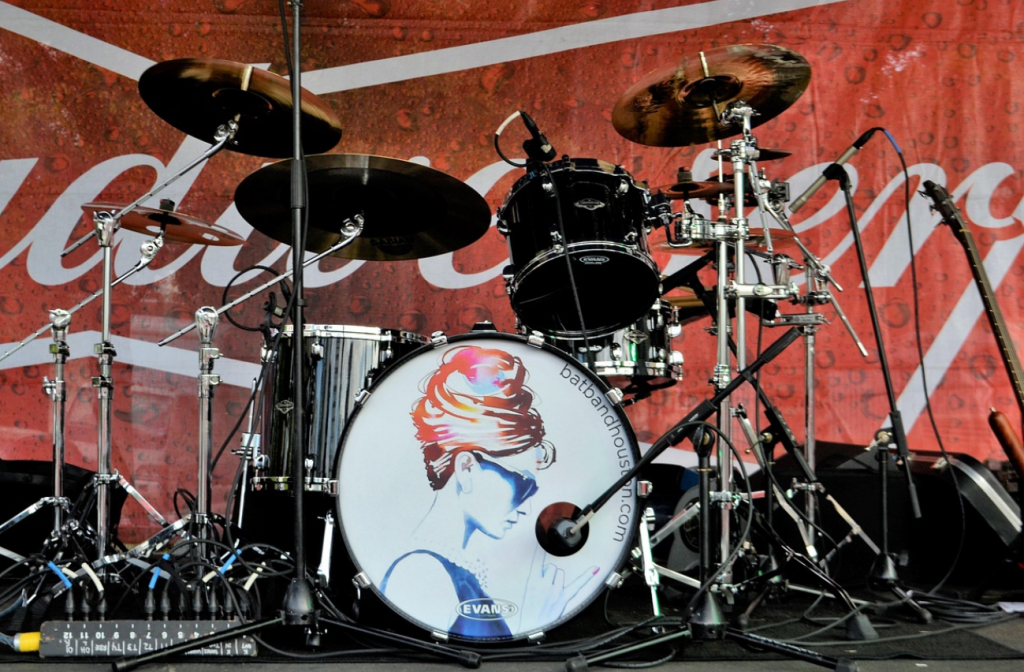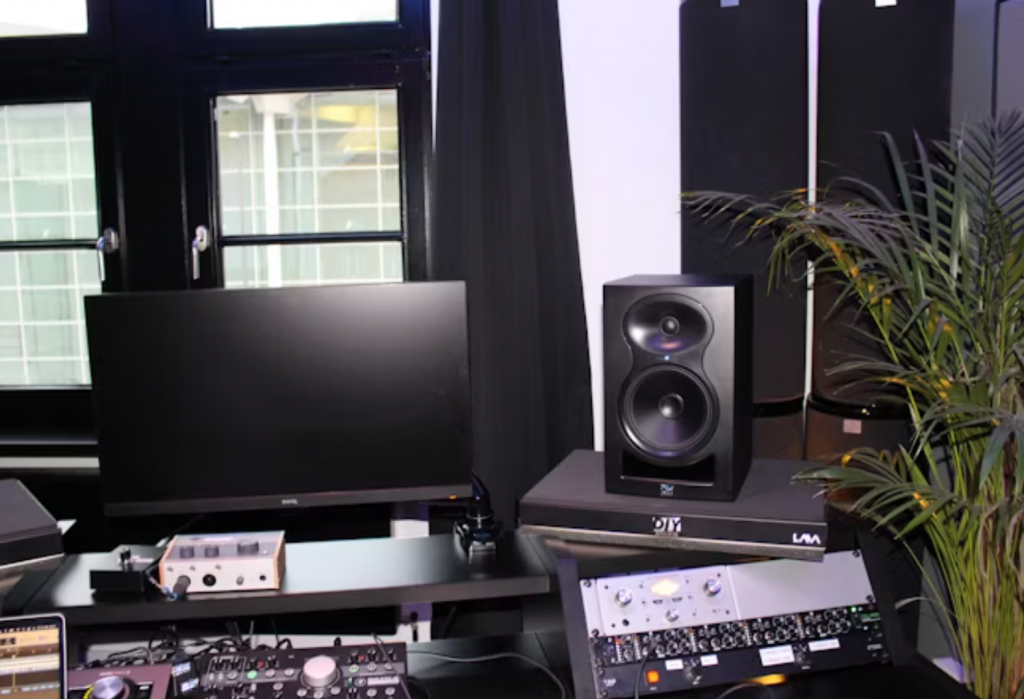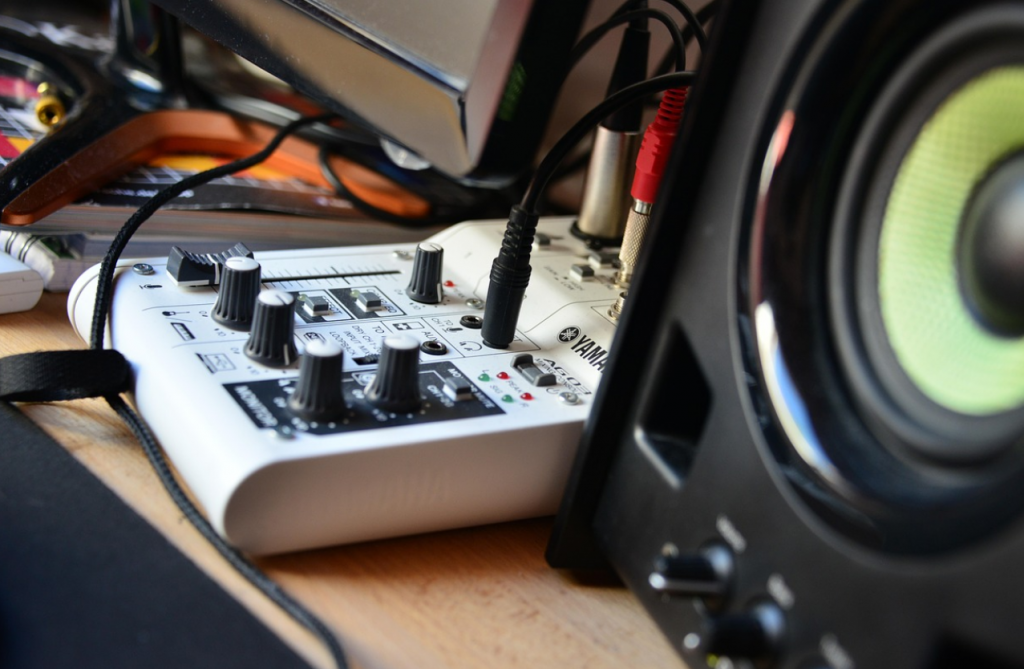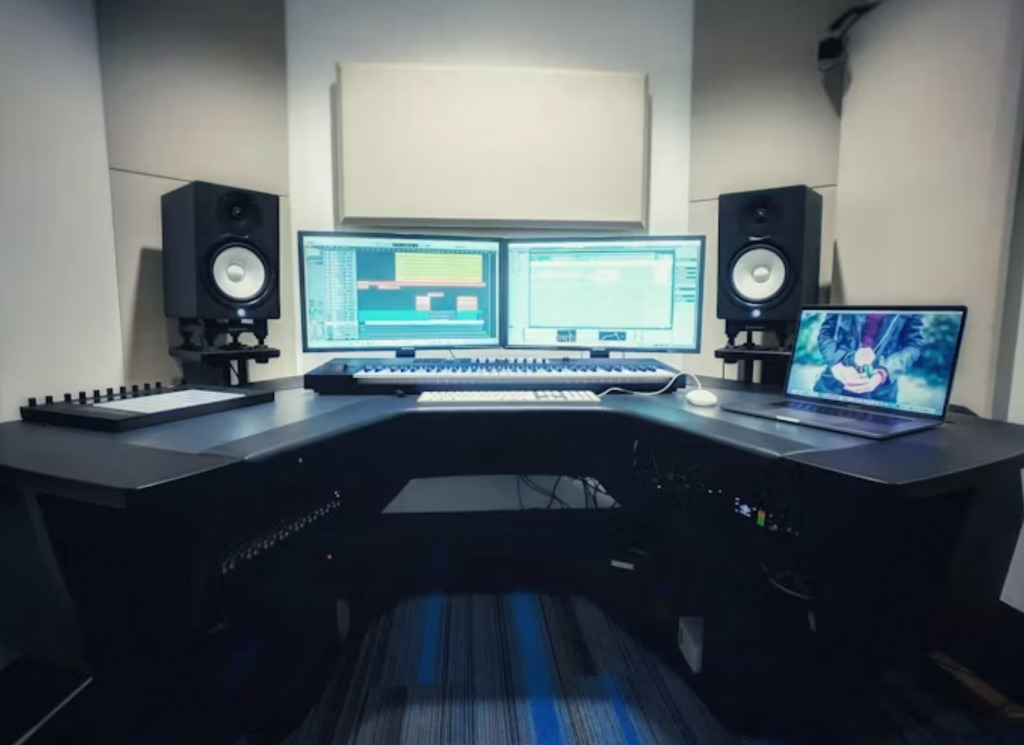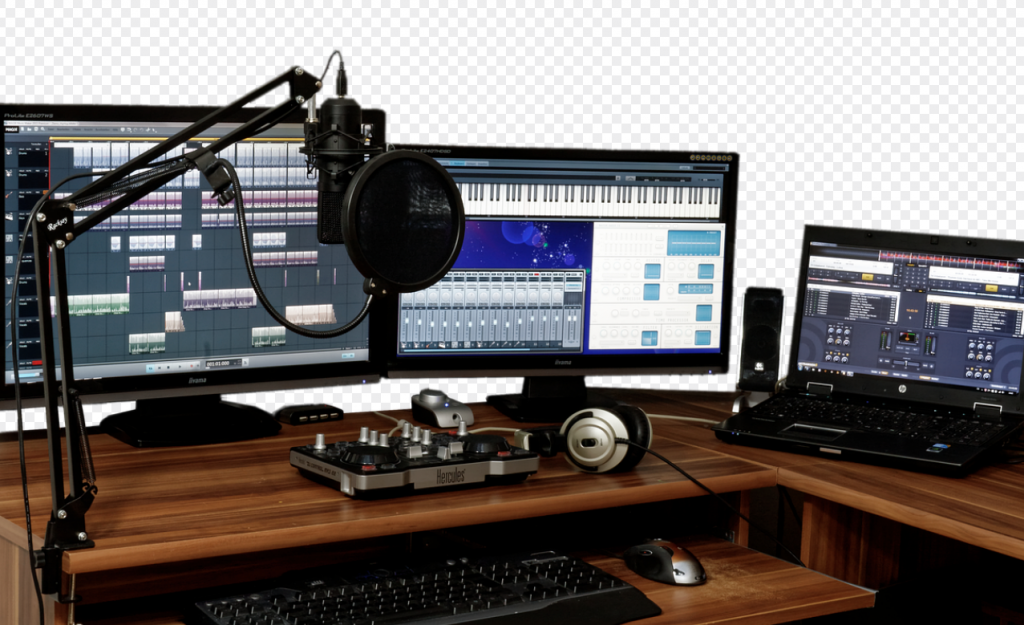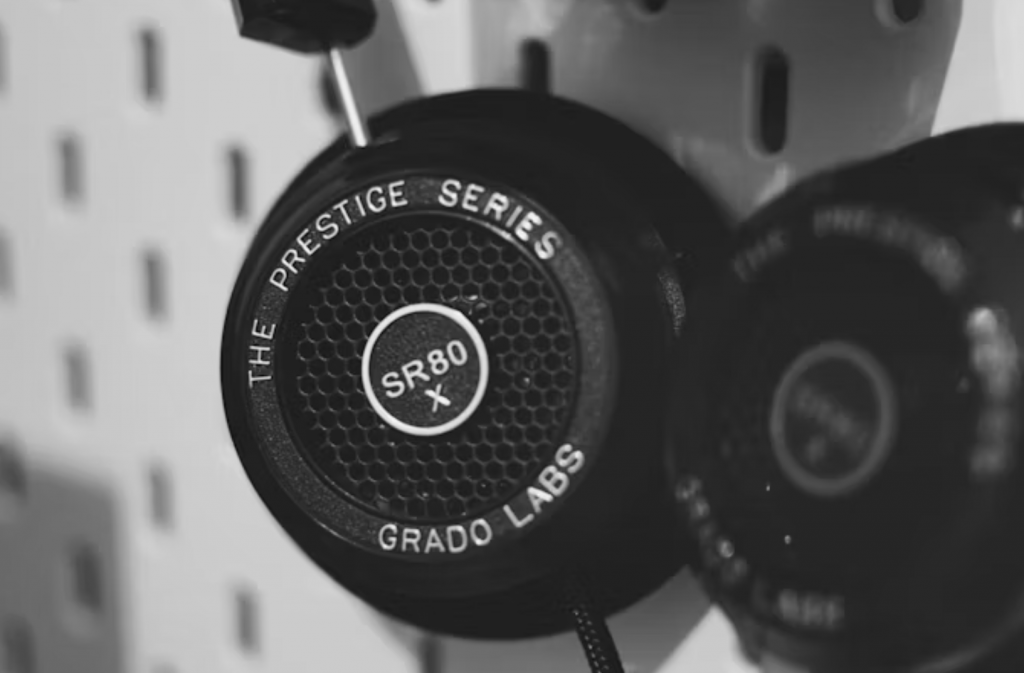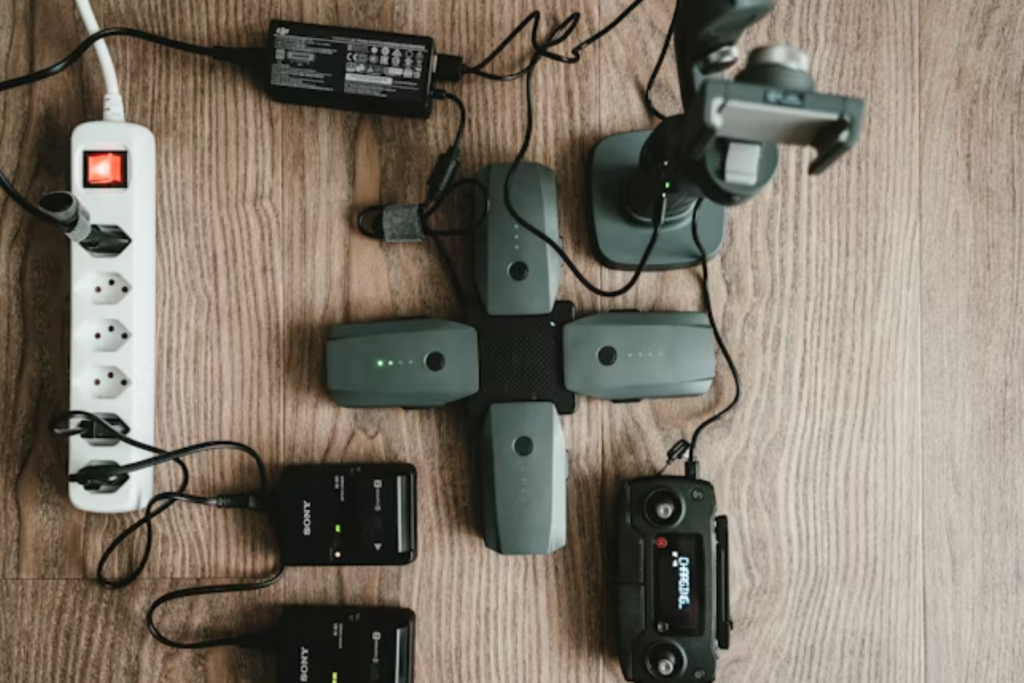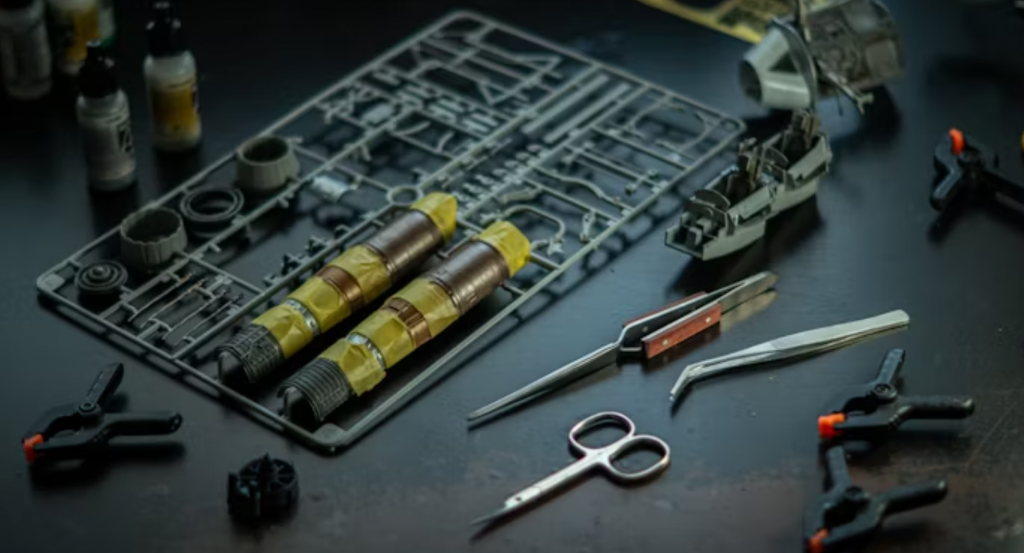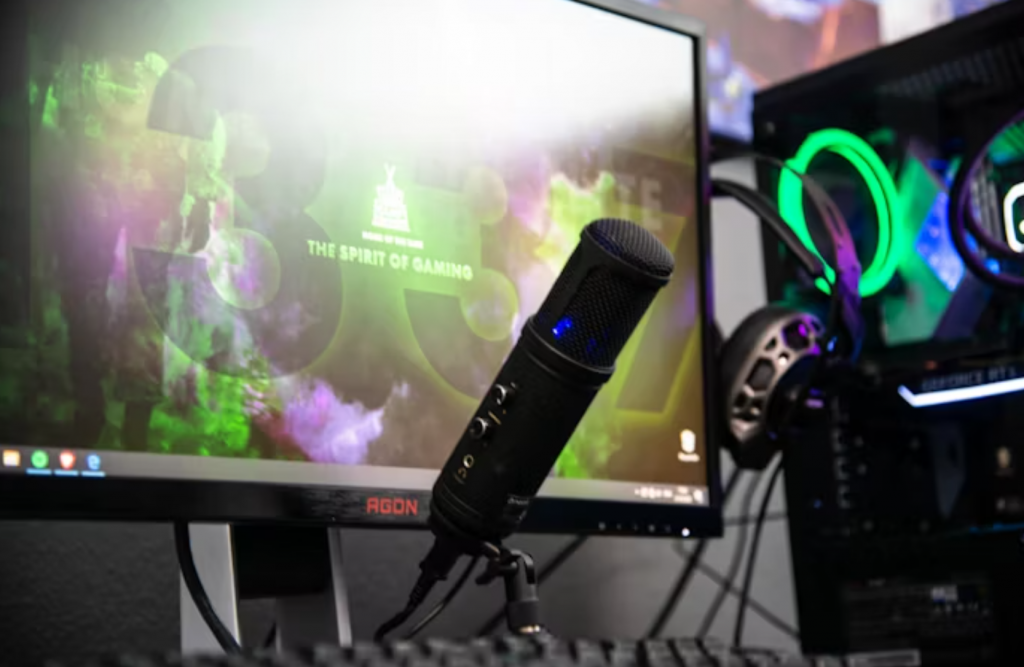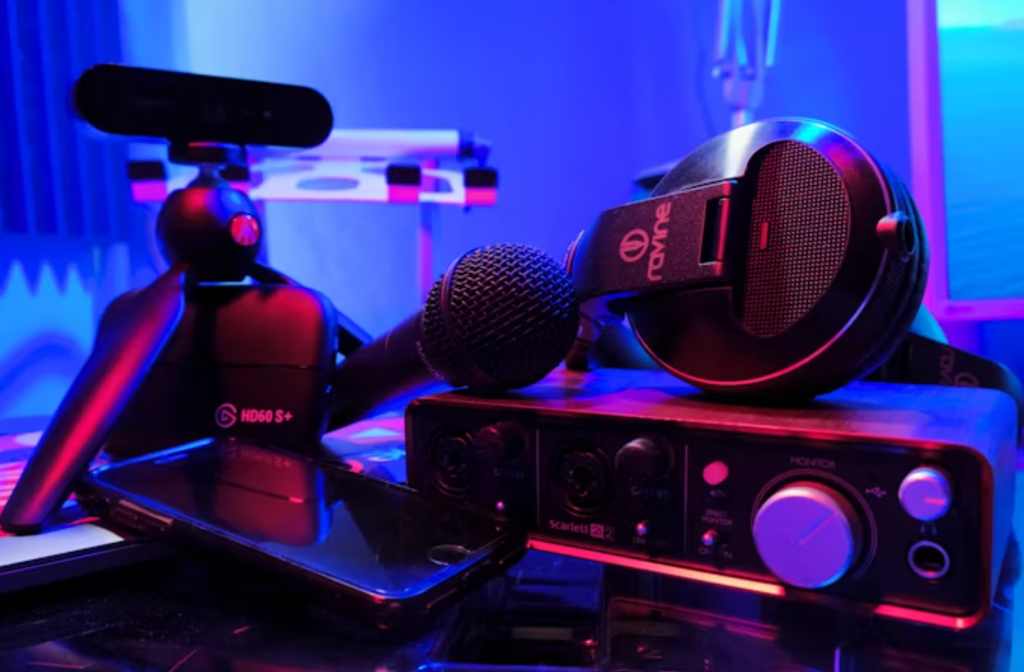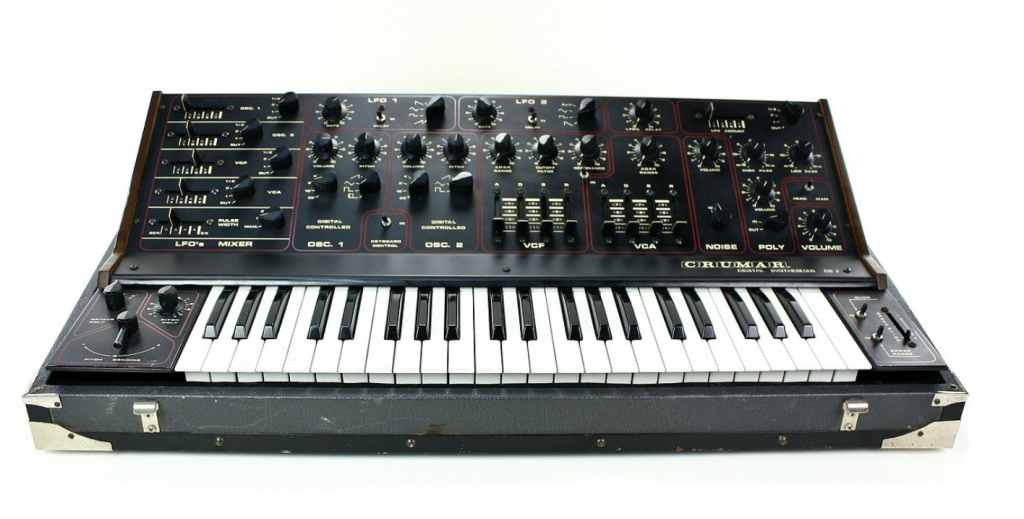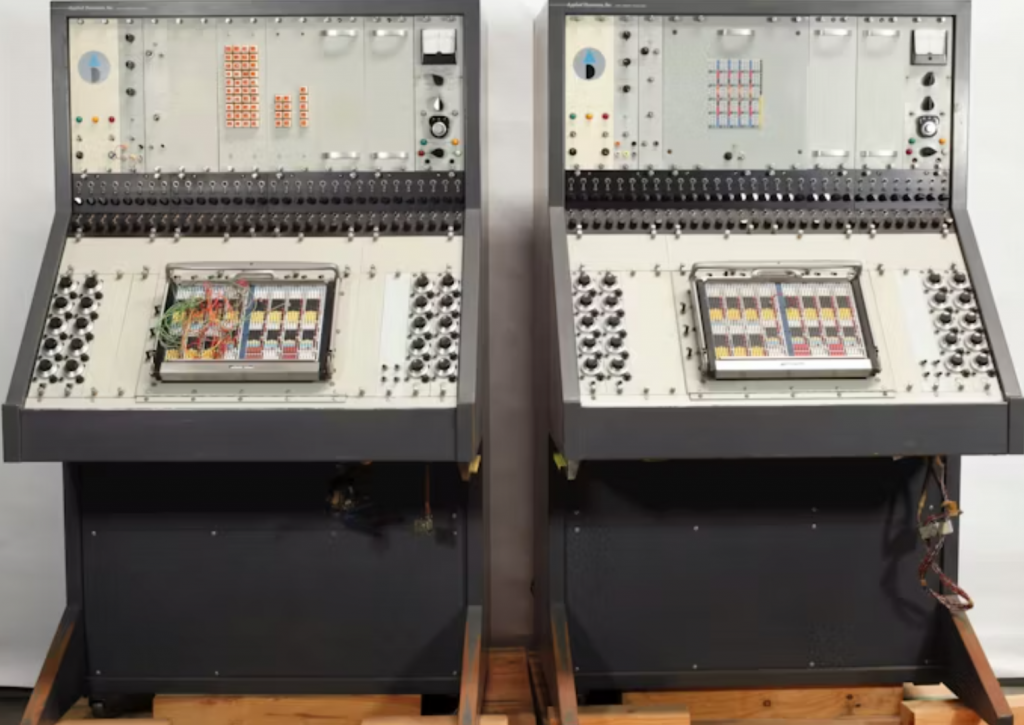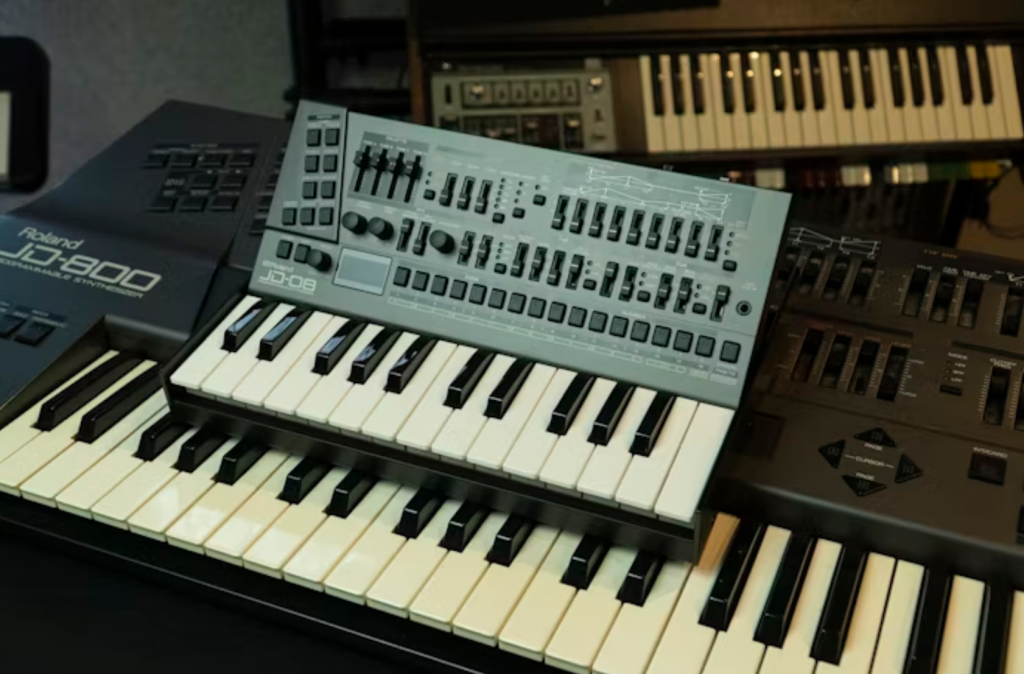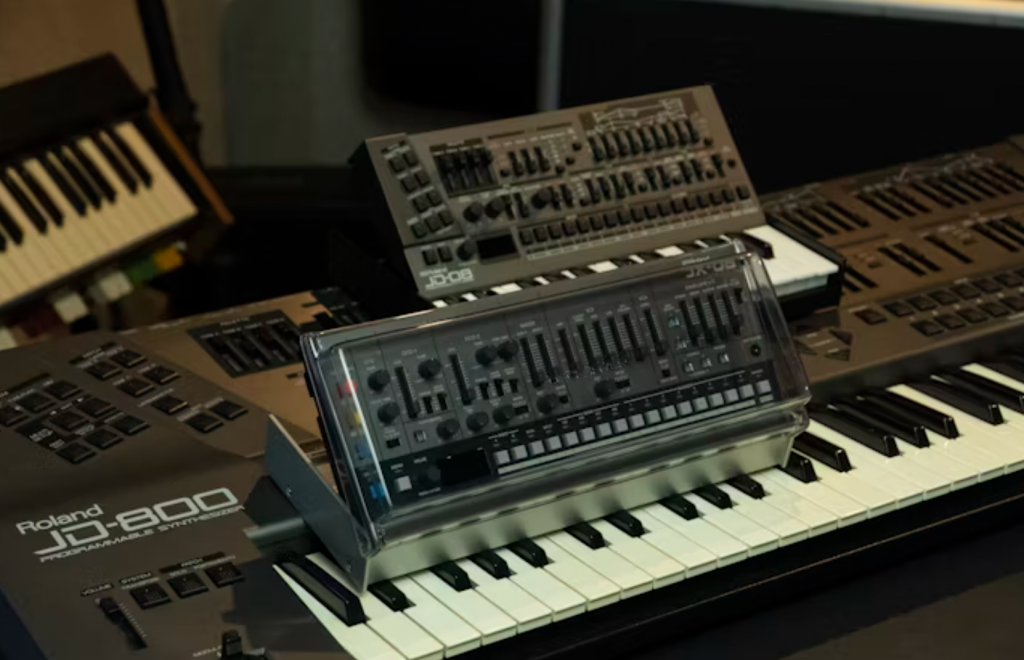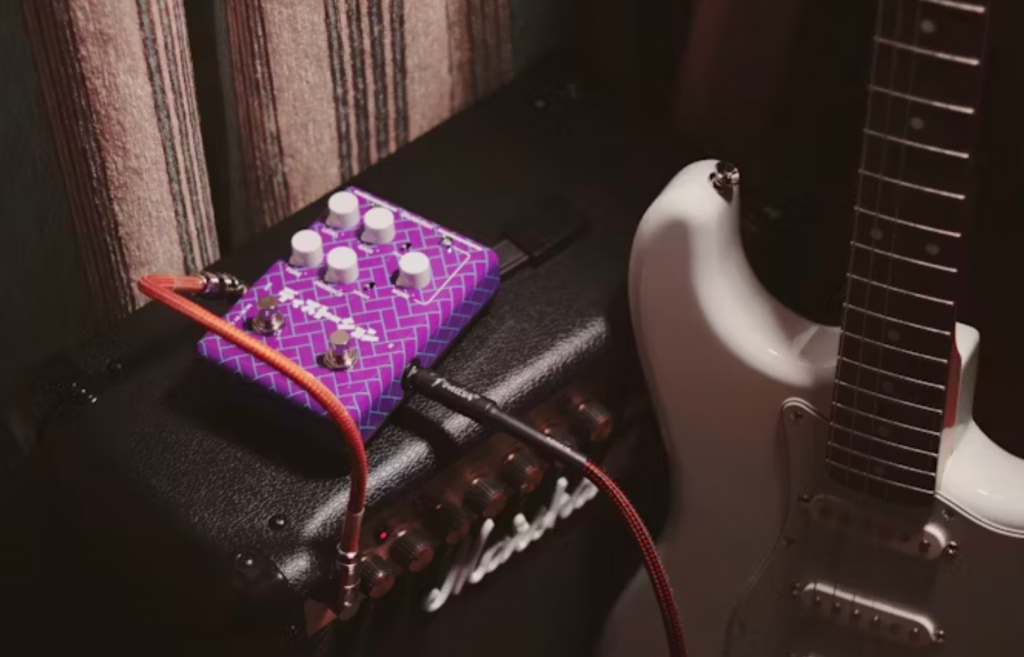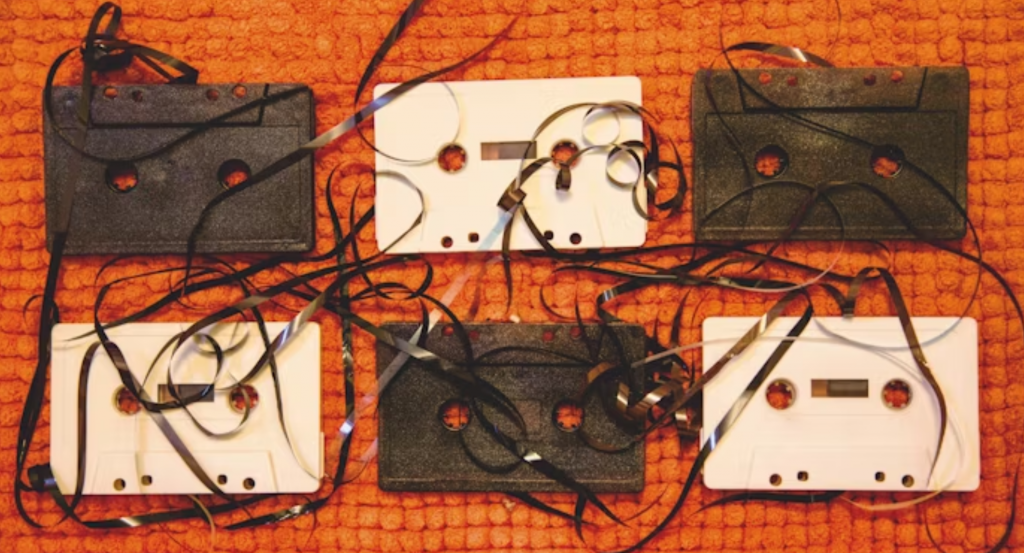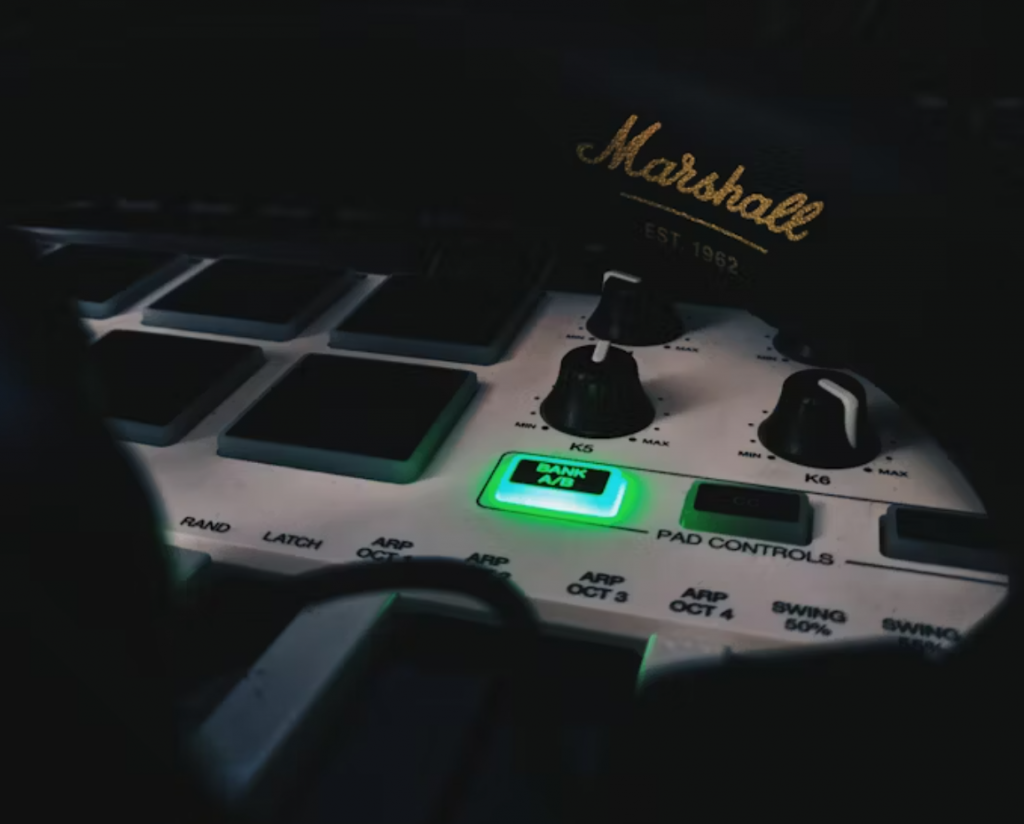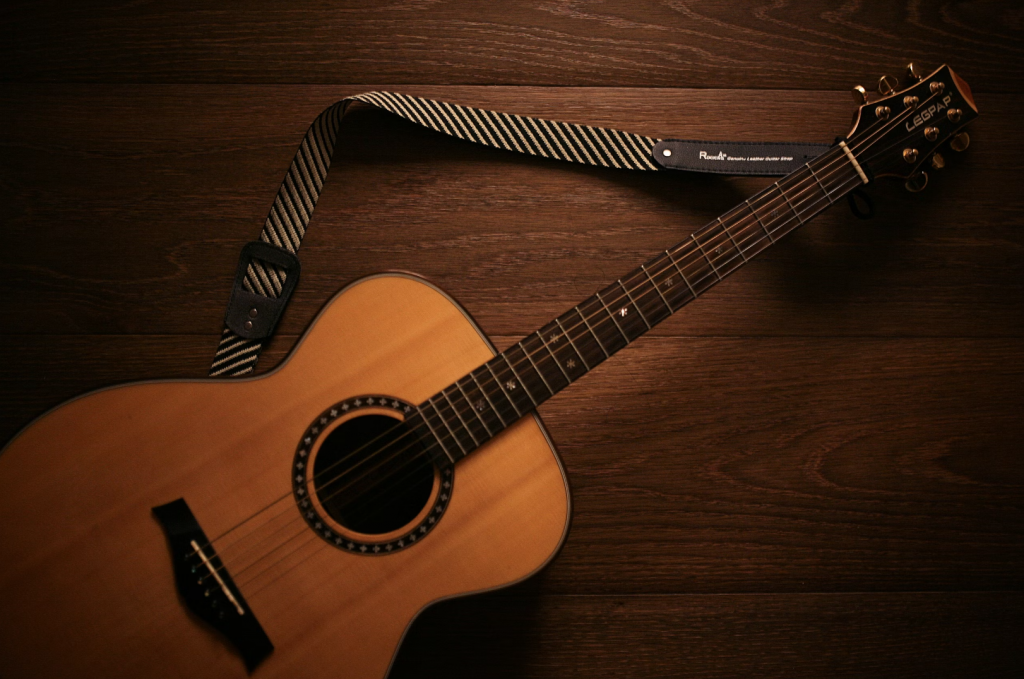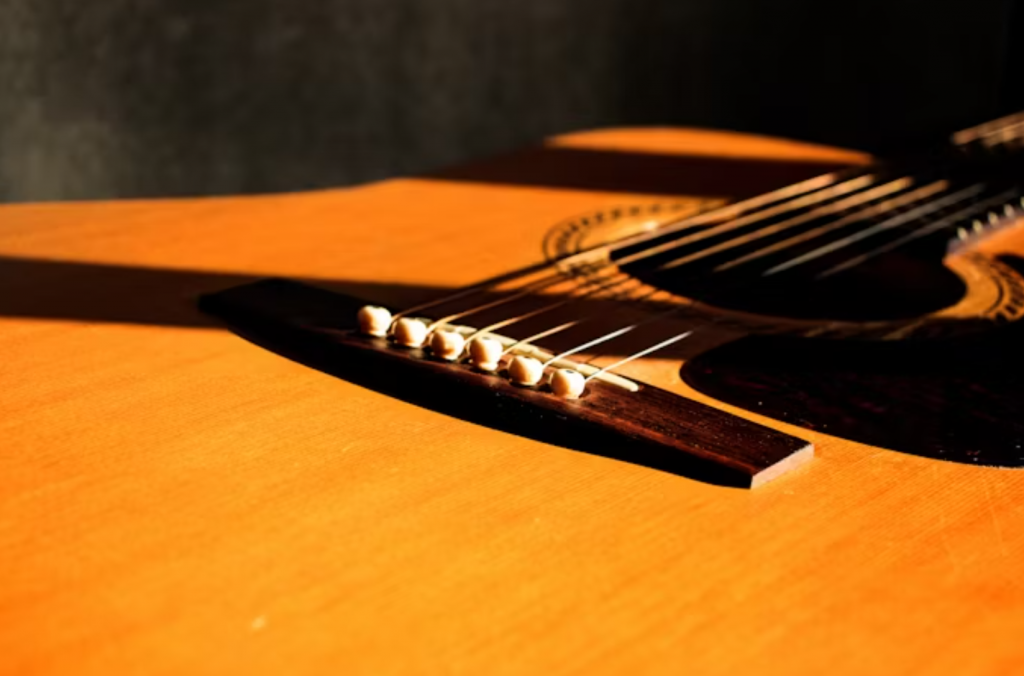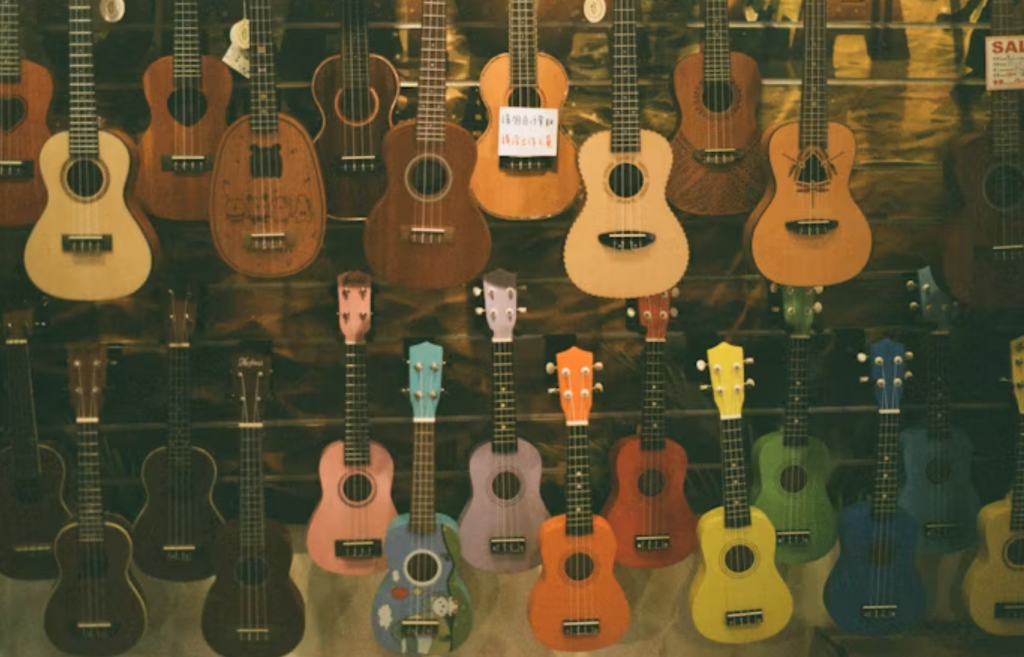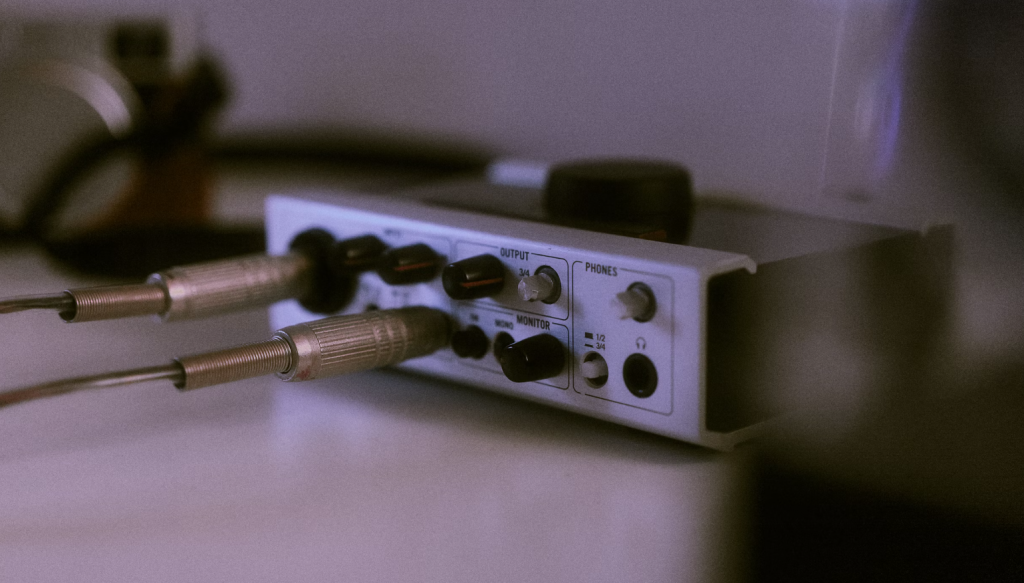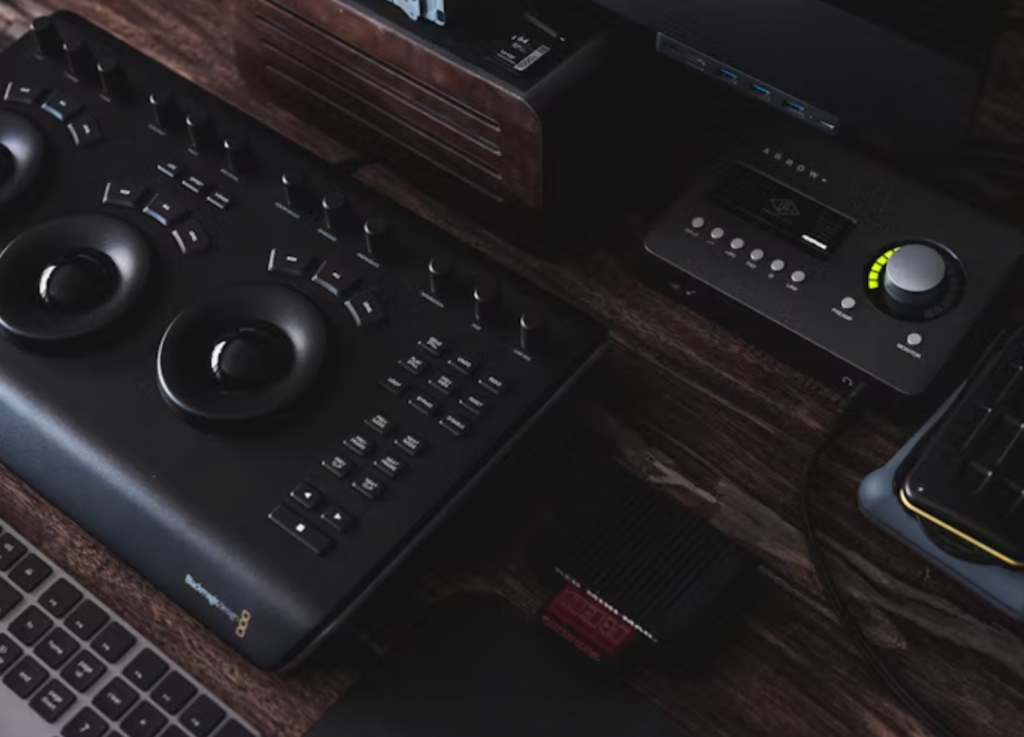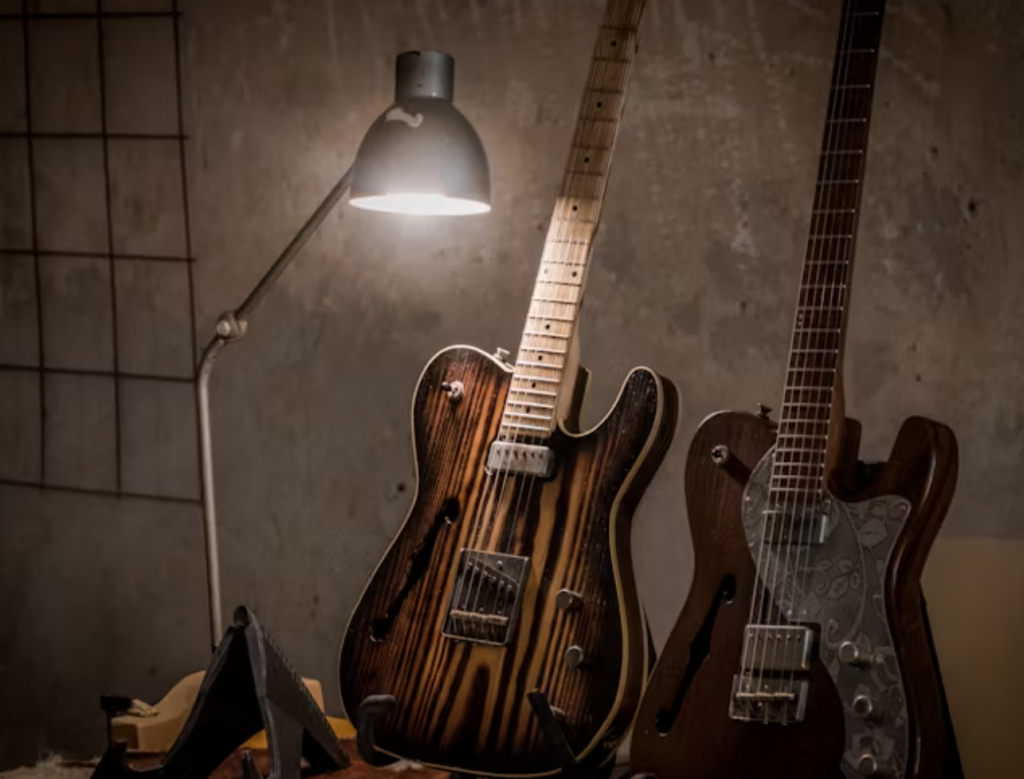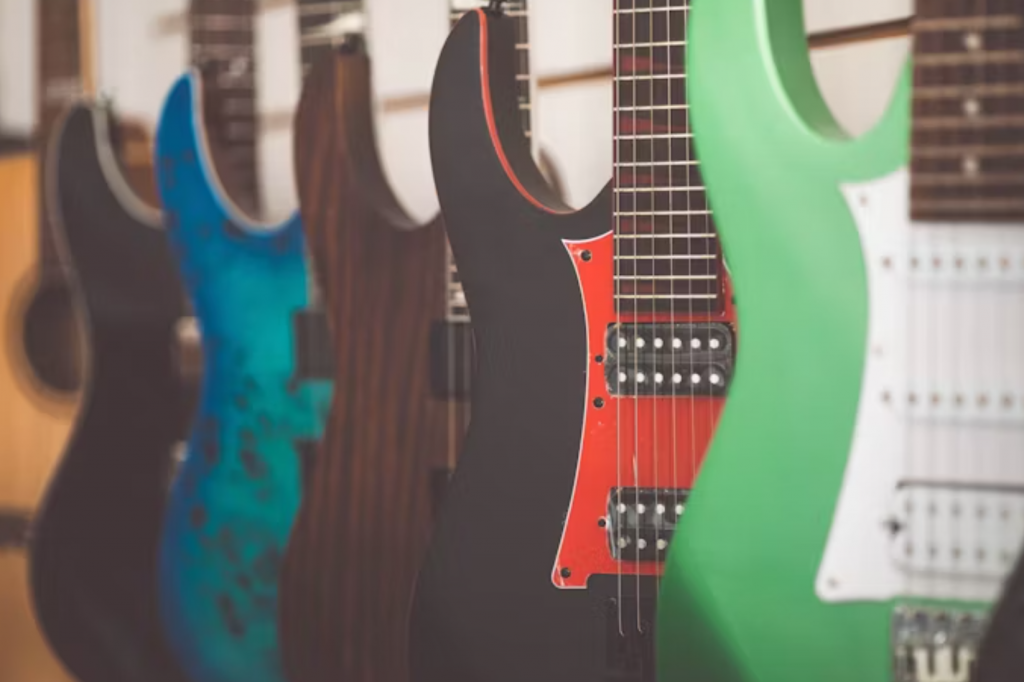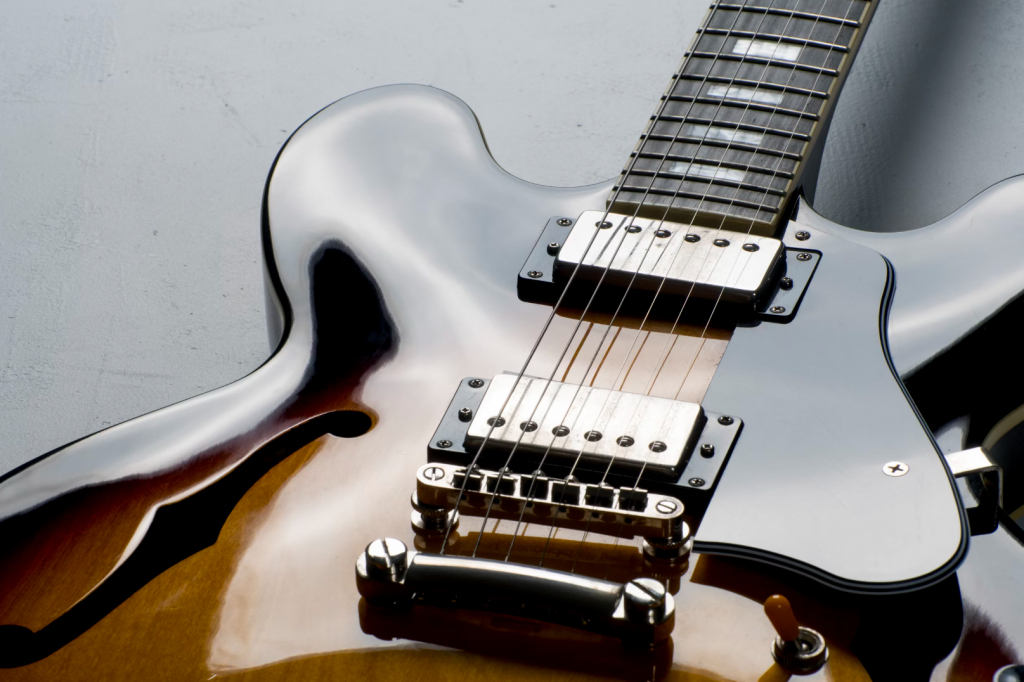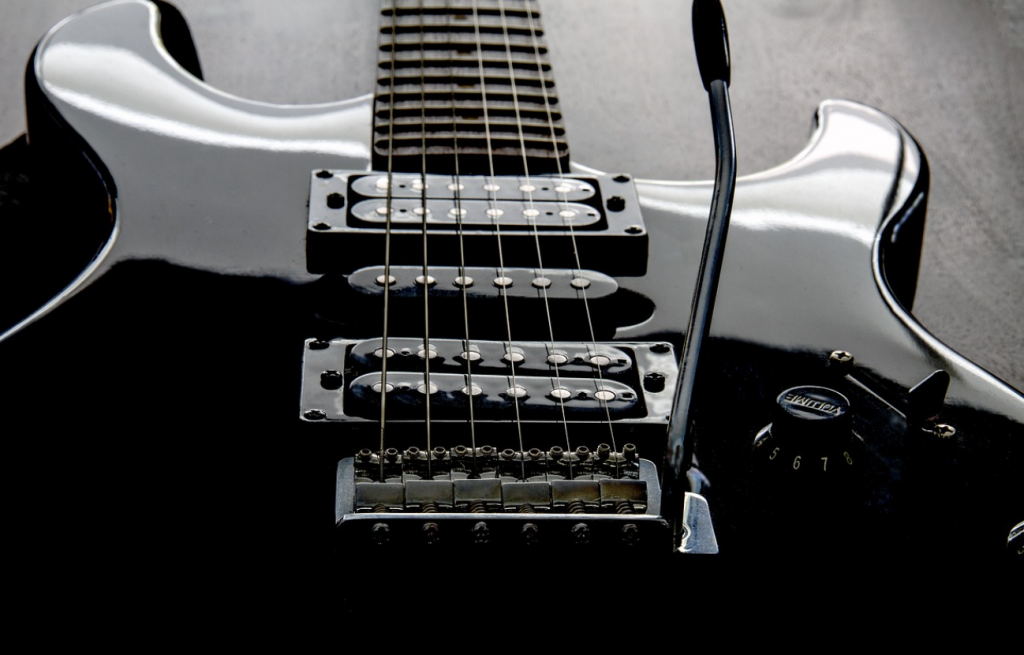Introduction: Why Choose an Electronic Drum Set?
In today’s music world, electronic drum sets have become a staple for musicians, producers, and hobbyists alike. Whether you’re a beginner or an experienced drummer, electronic drums offer a variety of benefits that make them appealing. From their quiet performance to their versatile sound capabilities, electronic drums can fit into any setting. But with so many options out there, how do you know which one is best for you? In this guide, we’ll explore the top brands—Roland, Yamaha, and Alesis—and help you navigate the decision-making process.
What to Look for When Buying an Electronic Drum Set
Before diving into specific brands, let’s go over some essential factors that should guide your buying decision.
Budget
One of the first considerations when buying an electronic drum kit is your budget. While there are options for every price range, it’s important to know how much you’re willing to spend before narrowing your choices. You’ll find more advanced features and higher-quality kits in the higher-end price range, but there are also budget-friendly options that offer great value.
Sound Quality
The sound quality of an electronic drum set is vital. You want a kit that delivers realistic, rich, and responsive drum sounds. While all three brands (Roland, Yamaha, Alesis) produce good sound quality, each has its unique sound characteristics. Pay attention to the variety of sound kits, the clarity of the drum pads, and the ability to adjust sound parameters.
Drum Pads and Sensitivity
When it comes to drum pads, you should look for a set that offers good sensitivity and a natural feel. Some drum pads feel more like acoustic drums, while others may have a rubbery feel. The sensitivity of the pads also matters as it affects how well they respond to your drumming style.
Build Quality and Durability
Durability is a significant factor, especially if you plan on using the kit frequently or performing live. Higher-quality electronic drum kits are made with durable materials that can withstand intense playing sessions. Take into account the quality of the frame, drum pads, and hardware when making your choice.
Connectivity and Features
Today’s electronic drum kits come with a range of connectivity options, such as Bluetooth, MIDI ports, and USB connections. If you want to record or integrate with other gear, you’ll want a kit that has multiple connectivity options. Additionally, check for features like drum triggers, metronomes, and built-in practice functions.
Overview of Leading Electronic Drum Brands
Let’s now take a closer look at the three major electronic drum brands—Roland, Yamaha, and Alesis.
Roland
Overview
Roland is often considered the gold standard in the electronic drum industry. Known for their high-quality kits and cutting-edge technology, Roland sets the bar when it comes to realism, sound quality, and overall performance.
Key Models
- Roland TD-27: This model is a popular choice for professionals and serious drummers. It boasts top-notch sound quality and advanced features like digital trigger technology.
- Roland TD-1K: A more budget-friendly option, perfect for beginners, offering solid performance without breaking the bank.
Yamaha
Overview
Yamaha is another well-known name in the world of electronic drums. They are known for producing reliable and well-built drum kits that are easy to use and highly durable. Yamaha’s electronic drums typically offer excellent sound quality and versatility.
Key Models
- Yamaha DTX8K-X: This high-end kit is equipped with advanced sound technology and superior drum pads for a responsive feel.
- Yamaha DTX402K: An entry-level kit ideal for beginners, featuring a great selection of sounds and an easy-to-use interface.
Alesis
Overview
Alesis is recognized for producing budget-friendly yet feature-packed electronic drum kits. While they may not have the high-end features of Roland or Yamaha, Alesis offers great value for the price, especially for beginners or those on a tight budget.
Key Models
- Alesis Nitro Mesh Kit: This popular model offers mesh drum heads for a more realistic feel at an affordable price.
- Alesis Strike Pro: A higher-end model with more advanced features, ideal for intermediate to advanced players.
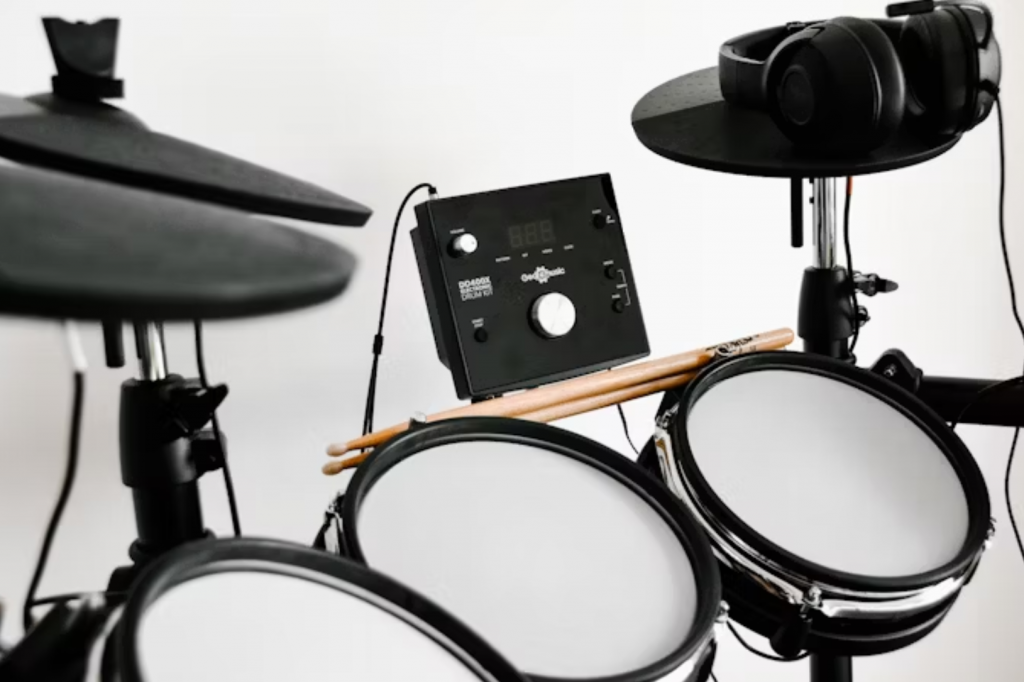
Comparing Roland, Yamaha, and Alesis
Now that we have a basic understanding of each brand, let’s compare them head-to-head on some key factors.
Sound Quality Comparison
When it comes to sound quality, Roland stands out with its advanced technology, delivering a more realistic and high-fidelity sound. Yamaha’s kits also offer excellent sound, but they may not be as detailed as Roland’s in terms of clarity and expression. Alesis, while great for beginners, doesn’t quite match the sound quality of Roland or Yamaha, but its affordability makes it a solid choice for those on a budget.
Price Comparison
Price is one area where Alesis shines. If you’re looking for a budget-friendly option, Alesis offers great kits at a fraction of the cost of Roland and Yamaha. Roland, being a premium brand, tends to be more expensive, with high-end models like the TD-27 costing significantly more than Yamaha and Alesis counterparts. Yamaha falls somewhere in between, offering kits that deliver great value at mid-range prices.
Ease of Use and Setup
All three brands are relatively easy to set up, but Roland’s kits tend to offer the most user-friendly interface, especially for advanced users who want to dive into customization. Yamaha and Alesis are known for their ease of use, but they may not offer as much in terms of deep customization or advanced controls.
Durability and Build Quality
Roland is the undisputed leader in this category, with robust kits designed to withstand heavy use. Yamaha is also very durable and suitable for regular practice and performance. Alesis, while solid, might not hold up as well in long-term use, especially for heavy players or those who gig regularly.
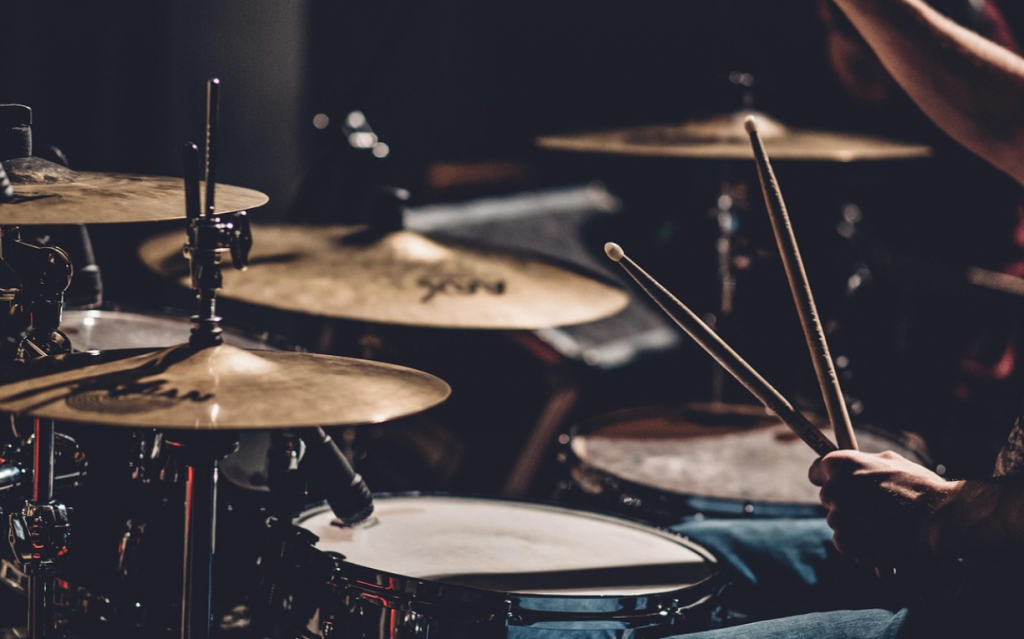
Conclusion: Which Brand is Right for You?
Choosing the right electronic drum set comes down to your personal preferences and requirements. If you’re looking for high-end features, sound quality, and durability, Roland is the clear winner. For a solid, reliable choice at a reasonable price, Yamaha offers great kits. Alesis, on the other hand, is perfect for beginners or those on a budget who still want a decent drum set.
FAQs
- What is the best electronic drum set for beginners? The Alesis Nitro Mesh Kit is one of the best budget-friendly options for beginners.
- Which brand offers the most realistic drum sounds? Roland is known for its incredibly realistic drum sounds, thanks to its advanced digital trigger technology.
- Can electronic drum kits be used for live performances? Yes, many electronic drum kits from Roland and Yamaha are designed for live performances, offering reliable sound quality and durability.
- What is the difference between mesh and rubber drum pads? Mesh drum pads provide a more realistic feel and better sensitivity compared to rubber pads, which tend to be less responsive.
- Are electronic drums suitable for practicing at home? Yes, electronic drums are perfect for home practice due to their quiet operation and the ability to use headphones.
